- Journal article
- 1 July 2023
The global early adolescent study: the interventions
- Author: Kristin Mmari
- Published by: Journal of adolescent health
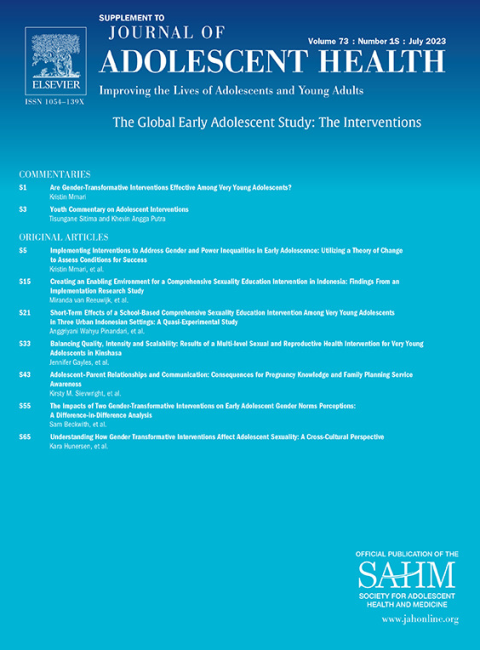
This supplement includes seven journal articles that examine the impact and implementation of five gender-transformative interventions among very young adolescents (VYAs) (aged 10–14 years) across different cultural contexts around the world. Gender-transformative interventions, which seek to critically examine gender norms to increase gender-equitable attitudes and behaviours, may be particularly relevant for VYAs. While gender socialization starts at birth, early adolescence is a critical point of intensification of gender attitudes and beliefs, as puberty reshapes perceptions and expectations of self and social expectations from others. Research gathered from the Global Early Adolescent study has already shown that young adolescents can hold inequitable and stereotypical attitudes about gender roles, traits, and relations, which have important implications for their health. At the same time, we also know that attitudes and beliefs about gender are malleable to change.
While global reviews of gender transformative interventions have highlighted the successes of these programs in shifting gender attitudes and beliefs with subsequent improvements in sexual and reproductive health outcomes, there is still limited understanding of the effectiveness of such programs in this age group and how best to implement these programs across different social and cultural contexts. The Global Early Adolescent study was designed to gather longitudinal evidence on the influence of gender socialization on health among VYAs across diverse urban poor settings and the impact of gender-transformative interventions in shifting inequitable gender attitudes to promote positive health trajectories. This supplement draws on the lessons learned from five interventions to reflect the conditions for success from an implementation perspective before drawing insights from impact evaluations of two interventions in Kinshasa and Indonesia to better understand how and for whom gender-transformative interventions work.
- Countries / Regions:
- Global
Related resources
Blog
5 January 2026
Published by: ALIGN

Policy paper
24 November 2025
Published by: ODI Global
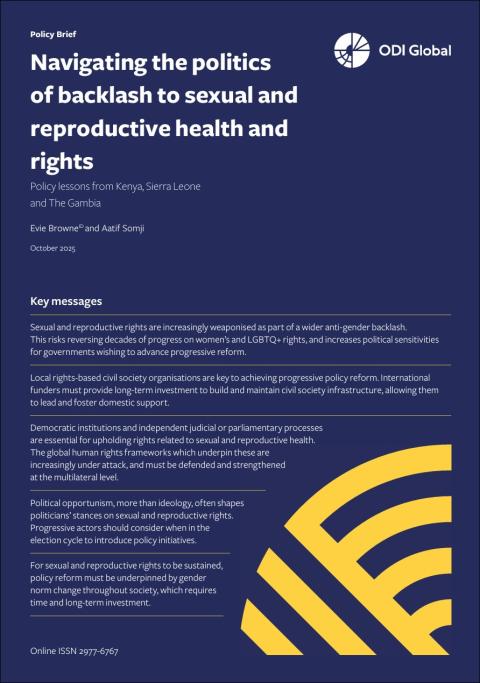
Briefing paper
24 November 2025
Published by: ODI Global, ALIGN
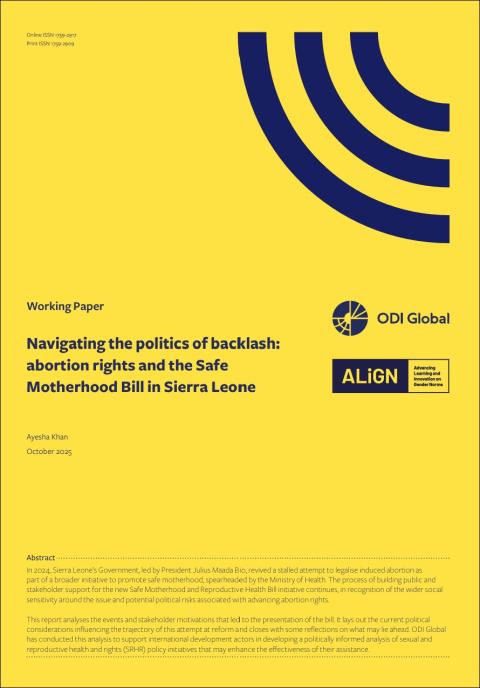
Briefing paper
5 November 2025
Published by: ODI Global, ALIGN
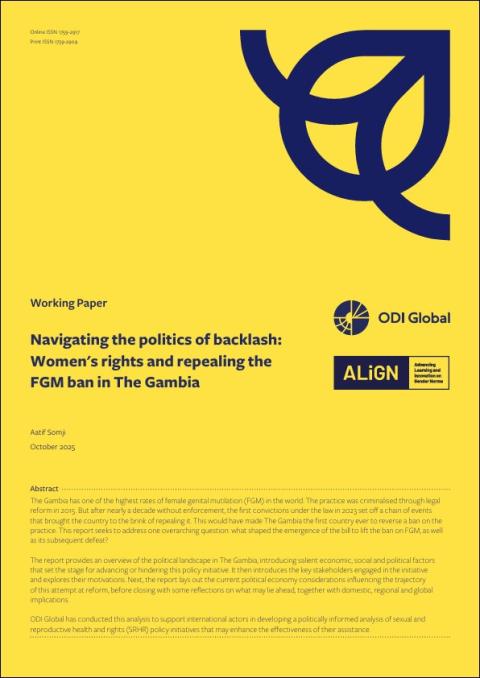
Briefing paper
5 November 2025
Published by: ODI Global, ALIGN
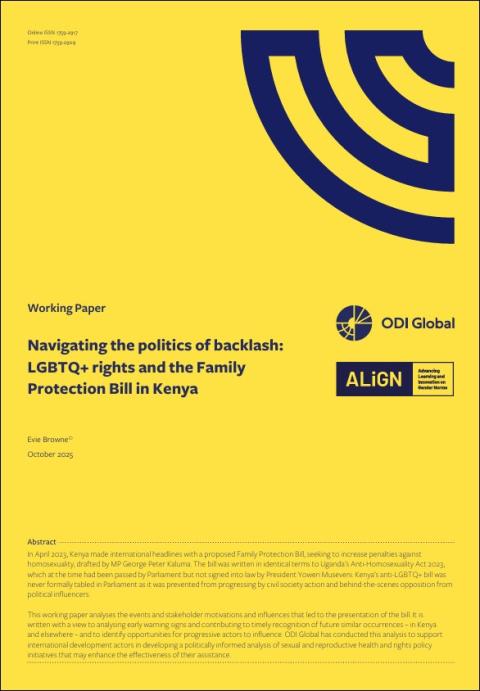
Report
1 October 2025
Published by: Male Allies UK

Report
22 September 2025
Published by: ODI Global
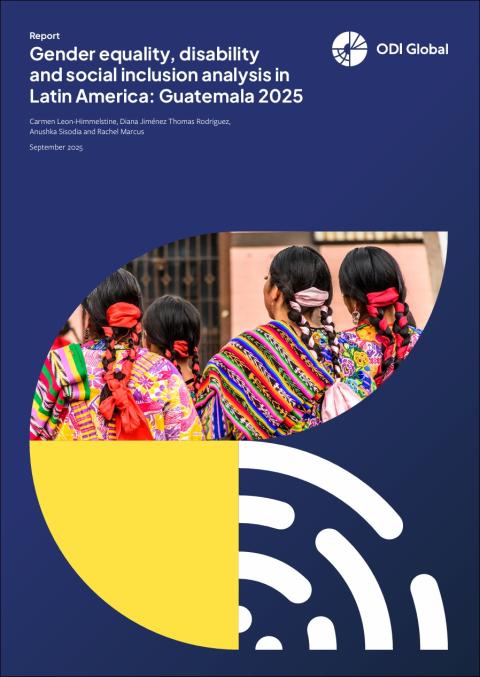
Briefing paper
1 September 2025
Published by: UNGEI
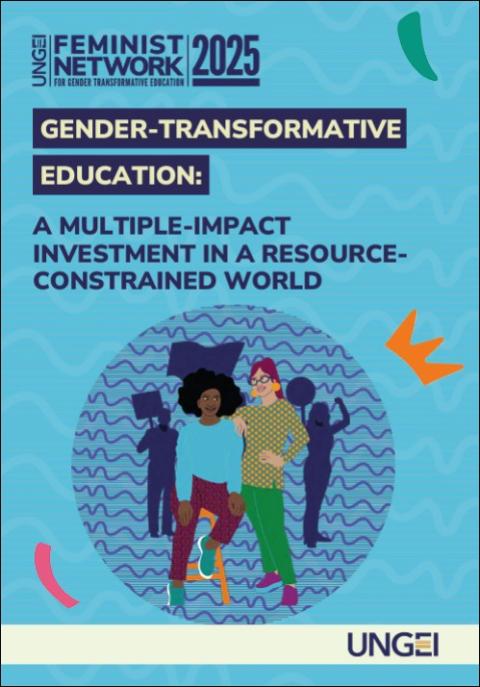
Report
14 April 2025
Published by: ALIGN, IfD
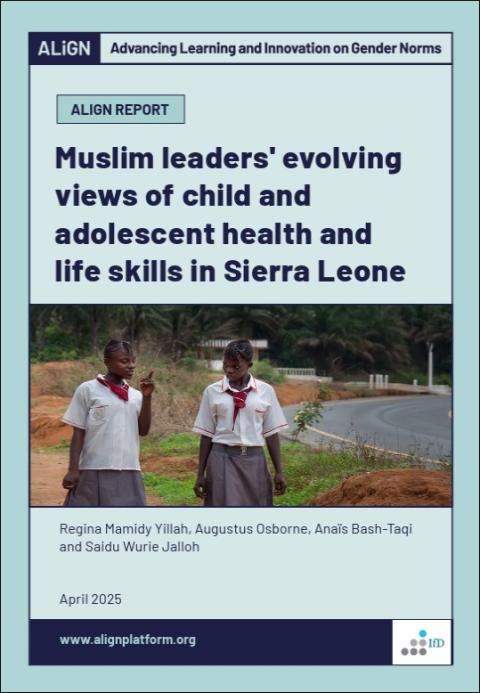
Report
26 March 2025
Published by: ALIGN, Aahung
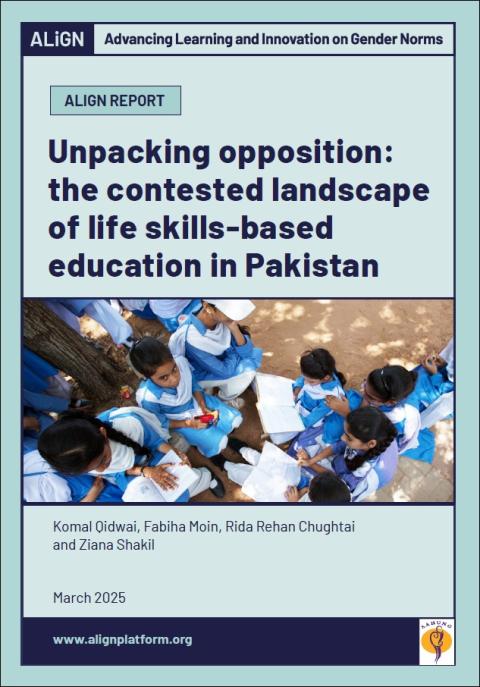
Report
20 March 2025
Published by: ALIGN, Restless Development
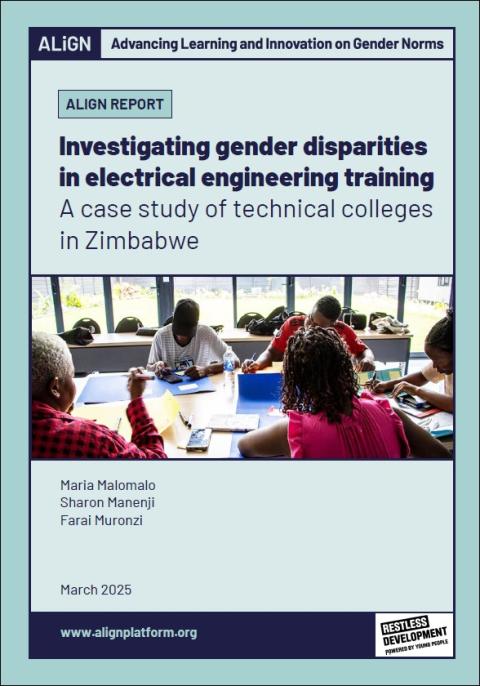
Blog
19 December 2024
Published by: ALIGN
